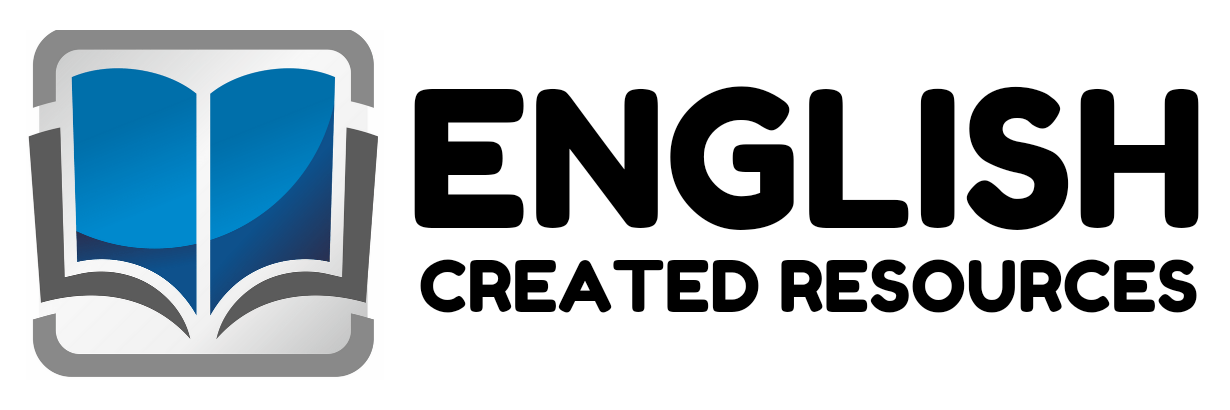Summer Alphabet Book

Summer Alphabet Book
Early childhood education is the foundation for lifelong learning. One of the most engaging and effective ways to teach preschool children is through the use of alphabet books, especially when they are seasonally themed. A Summer Alphabet Book is more than just a fun activity — it is a powerful educational tool that supports literacy, vocabulary development, creativity, and environmental awareness. This essay explores the many benefits and the overall importance of a Summer Alphabet Book for preschool kids.
1. Supports Early Literacy Development
At the preschool level, children are in the emergent stage of literacy. They begin to recognize letters, sounds, and words. A Summer Alphabet Book provides an exciting context to explore the alphabet. Each letter is paired with a summer-related word and image, such as A for “Ant,” B for “Beach,” C for “Corn,” and so on. This helps children associate letters with objects and sounds, which is crucial in developing phonemic awareness — the ability to hear, identify, and manipulate individual sounds in spoken words. This foundational skill is a strong predictor of future reading success.
2. Enhances Vocabulary and Language Skills
A well-structured Summer Alphabet Book introduces preschool children to a variety of new summer-themed words, expanding their vocabulary in a meaningful and context-based way. Words like “ice cream,” “lemonade,” “ocean,” and “sunshine” become more than just vocabulary; they become parts of a broader understanding of the world. With each new word, children develop stronger language comprehension, sentence formation, and communication abilities. Teachers and parents can also use the book to ask open-ended questions and encourage storytelling, further enriching language skills.
3. Encourages Creativity and Imagination
Alphabet books, especially those that are interactive or allow for personalization, invite children to engage creatively. In a Summer Alphabet Book, children may be asked to draw their own version of a summer item starting with each letter, color pictures, or even create short sentences or rhymes. This fosters imagination and gives children the freedom to express their ideas. It also develops fine motor skills as children trace letters or use scissors and glue for craft activities associated with each page of the book.
4. Promotes Thematic Learning
Seasonal themes make learning relevant and relatable. During the summer, children are likely to engage in activities such as visiting the beach, going on picnics, playing outdoors, and enjoying cold treats. A Summer Alphabet Book ties learning to these familiar experiences, making it easier for young children to connect with and retain new information. Thematic learning also supports cross-curricular integration. For example, learning about “W for Watermelon” can include a simple science experiment or a counting activity involving seeds, blending literacy with science and math.
5. Builds Print Awareness and Letter Recognition
Print awareness is the understanding that print carries meaning and that books are read in a particular direction. A Summer Alphabet Book helps preschoolers grasp these concepts as they explore each page. The consistent format of having a letter followed by a corresponding word and image helps reinforce letter recognition. Repeated exposure to the alphabet in a fun, seasonal context helps cement knowledge in young minds. Children begin to recognize how letters form words and how words represent objects in the real world.
6. Fosters a Positive Attitude Toward Learning
When children enjoy what they are learning, they are more likely to engage actively and retain information. A Summer Alphabet Book is filled with bright illustrations, playful words, and interactive elements that make learning joyful. The colorful, summer-themed pages often depict familiar and happy scenes, such as playing in the sprinkler, eating popsicles, or going camping. This builds a positive association with books and reading, encouraging children to become lifelong learners and readers.
7. Supports Parent and Teacher Engagement
Summer Alphabet Books can also serve as a collaborative tool between parents, teachers, and children. At school, teachers can incorporate the book into circle time, art sessions, or storytime. At home, parents can read and explore the book with their children, ask questions, and expand on the words with real-life experiences. For example, after reading “B for Beach,” a family trip to the beach can become an educational adventure where the child points out objects starting with different letters. This kind of interactive learning builds strong home-school connections and reinforces educational messages in different environments.
8. Promotes Cultural and Environmental Awareness
Summer means different things in different cultures and regions. A thoughtfully designed Summer Alphabet Book can include diverse representations of summer activities, foods, clothing, and traditions. It can introduce preschoolers to global concepts like “S for Sandcastle” in one culture or “T for Tropical Fruit” in another. It can also build environmental awareness with letters like “N for Nature,” “O for Ocean,” or “R for Recycling.” These themes teach young children to respect the environment and appreciate the beauty of the natural world during summer.
In conclusion, a Summer Alphabet Book is a vital and versatile tool in the preschool classroom and home. It nurtures foundational literacy skills, broadens vocabulary, sparks creativity, and connects learning with seasonal experiences. By making the alphabet engaging and relevant, it prepares preschoolers for kindergarten and beyond. More importantly, it fosters a love for reading, discovery, and expression that will benefit them for the rest of their lives. As educators and caregivers, incorporating such joyful and educational resources can make a meaningful difference in a child’s early learning journey.
Samples From the Book













